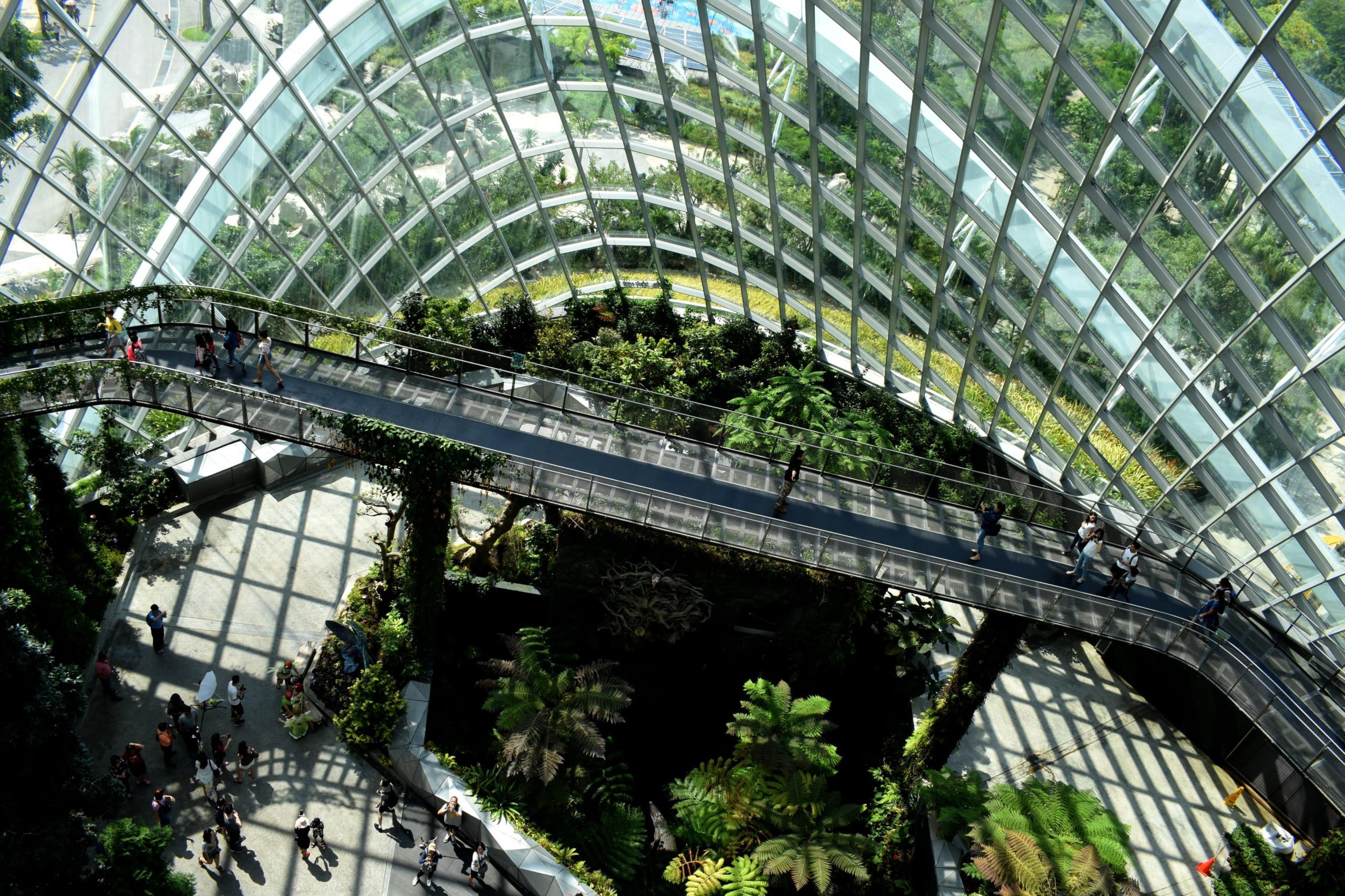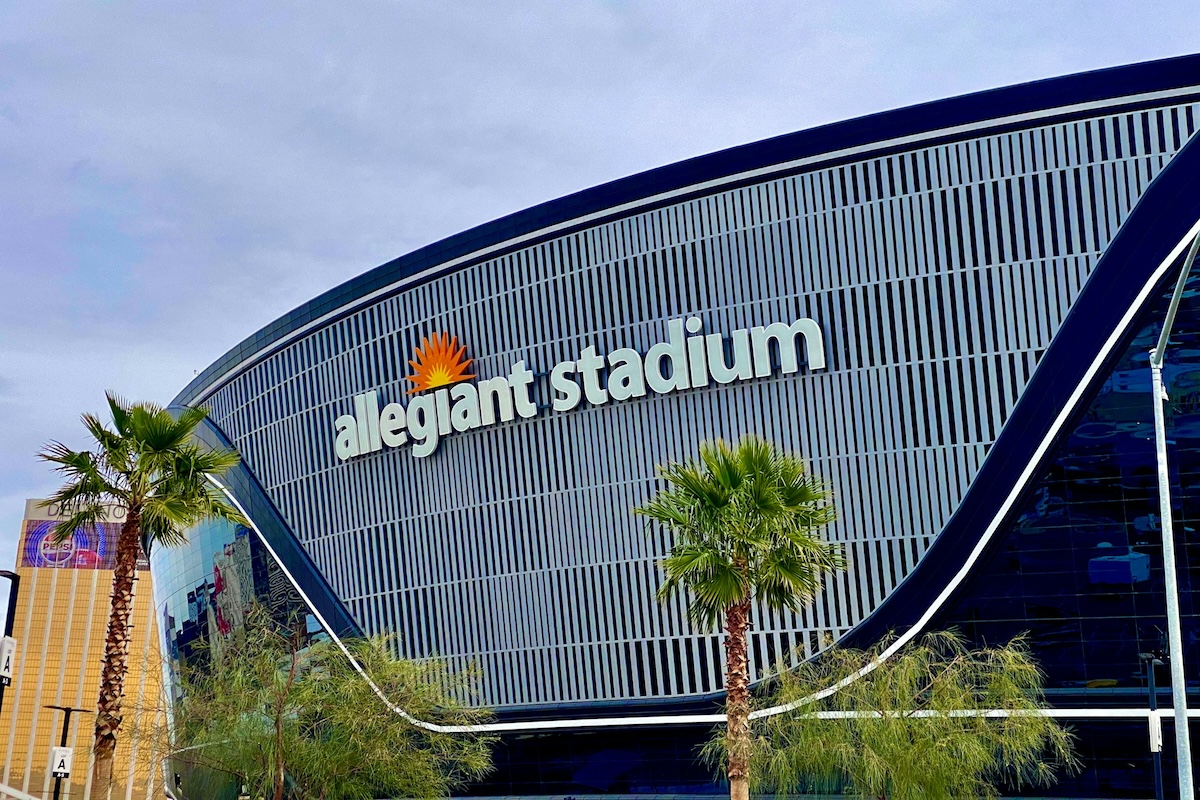Skift Take
A comprehensive menu of sustainable initiatives at event venues continues to grow and although they are mostly positive, many are also confusing. The nuanced differences must be kept in mind.
While the focus of green attributes usually encompasses new event venues, these regimes have expanded to include rehabbing existing facilities. This is perhaps the ultimate sustainability since it utilizes less new material and reduces building rubble sent to landfills.
Sustainability can be divided into front-of-house, what attendees see, and back-of-house. The front-of-house details are important for attendee consciousness-raising and education. In addition, any reduction in consumption and re-use of materials is a help. However, the heavy lifting is generally an invisible operation that happens back-of-house and in the supply chain.
The back-of-the-house is where the unpretty, essential things like water and energy management occur. It’s all about operations, but as industries and sectors have focused on what they can do on their own sites, be that a hotel, convention center, or other venues, the realization that unsustainable, unethical suppliers and partners can undermine such efforts comes to the forefront.
Convention centers and other venues have been joining/subscribing to various sustainability regimes to help prevent this from happening. They include the Leadership in Energy and Environmental Design (LEED), the most widely used and recognized green building rating system in the world. It aims to provide a holistic framework that encompasses the physical structure, how it operates, how it reduces its impact on climate and water resources and protects and enhances biodiversity, human health, and community quality of life. There are four tiers: certified, silver, gold, and platinum.
Green Key Global Eco-Ratings, developed for hotel and other meeting venues, has an accommodations-like rating system from 1 to 5 green keys. Its focus is to “unlock” opportunities to reduce utility consumption, waste, CO2 emissions, and supply chain management, as well as community involvement. It also involves staff training and guest engagement.
Delving into each program shows overlapping standards and best practices, which isn’t surprising since each started with a specific sector and then followed similar paths on the quest to sustainability. What is really interesting is how these programs consider more than the tangible physical structure. They evolved to include immediate and long-term environmental impacts as well as health and welfare of those who enter these buildings and campuses and quality of life for the host community.
Participation in these programs means venues monitor results, which show planners specifics about implementation. These are real measurable metrics rather than a feel-good PR message.
In addition, there is ESG Metrics, Sustainable Event Standards, U.S. Green Building Code, UNESCO Sustainable Travel Pledge, and others.
The Vancouver Convention Centre (VCC) is a poster facility for LEED. The VCC holds the distinction of being the world’s first double LEED Platinum certified convention center. Cecilia Ho, communications manager for the VCC, says that before the pandemic, groups utilizing the center accepted the information supplied by the VCC about their sustainable credentials. However, Ho says, “Coming back from the COVID-19 pandemic, we have noticed clients are more interested and engaged in discussions surrounding carbon offsets and sustainability compared to previous years.”
Among the most notable elements of the VCC is its six-acre living roof, the largest industrial living roof in North America. It is planted with more than 400,000 indigenous plants and grasses and serves as an important habitat for local bees and as a water filter. Ho adds, “Aside from being a beautiful feature, the living roof provides insulation which helps keep the building cool in the summer and warm in the winter.”
Water management is a critical element in sustainability. VCC’s black-water treatment plant cleans and recycles water for irrigation for the living roof and washrooms. This minimizes water consumption throughout the venue. They also use seawater for heating and cooling, thereby reducing energy consumption and have an artificial reef built into their foundation, which has improved water quality and biodiversity in that section of Vancouver Harbour.
Even Las Vegas has becoming one of the greenest places on earth as a focus. To that end, the Las Vegas Convention Center installed solar panels to harness the sun, re-tooled internal operations to embrace recycling, and reduced outdoor water usage by 38 percent, mainly through converting landscaping and installing low-flow water fixtures.
The Orange County Convention Center, Orlando, which hosts 1.5 million attendees at 200 annual events, also operates a water management program that works with their five-football-field sized solar field to reduce energy consumption. With their use of natural light and advanced technology, this has created a space that is 87 percent more energy efficient than similar buildings.
The Oregon Convention Center, the only center to earn a level 4 APEX/ASTM certification in the U.S., utilizes a rain garden to manage water and posted its commitment to sustainable purchasing. “We know that the largest portion of our carbon footprint comes from our supply chain. And as part of a regional government working to make life better for residents both today and in the future, we are opting for small and local when it comes to purchasing,” states the OCC.
Local is another element in sustainability. All these centers work with local non-profits and charities to recycle materials and reduce food waste. Composting is a positive action, but so is ensuring residents of shelters have enough to eat. In Portland, this means over 44,000 meals are distributed to non-profits each year.
Maya Angelou famously wrote, “When people show you who they are, believe them.” When searching for potential host venues, check their participation in accredited programs, then ask how that translates into daily operations and if any other actions can be implemented to increase sustainability for specific programs.





